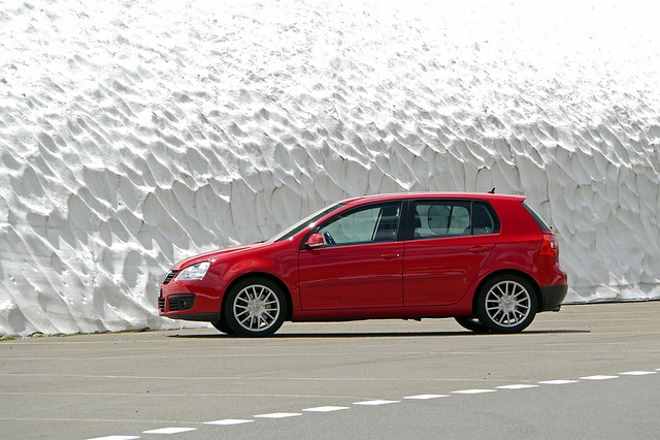Unraveling the Intricacies of Cold Air Intakes: A Breath of Fresh Air for Your Engine
Imagine driving through a cold winter morning, feeling the raw power of your car come alive as the engine roars with unbridled energy. Ever wondered why your car feels more powerful on cold days? The answer lies in a critical component under the hood: the cold air intake system.

A Glimpse into the Past: Birth of the Cold Air Intake
In the early days of motoring, engines were fed with air drawn directly from the surrounding environment. As cars evolved, the need for performance enhancement led to the development of cold air intakes. In the 1960s, car manufacturers started to explore the potential of cold air intakes to enhance engine performance. The concept was simple: colder air is denser, and denser air allows more oxygen to enter the combustion chamber, resulting in more power.
Understanding the Cold Air Intake Mechanism
A cold air intake system works by drawing in cooler air from outside the engine bay, rather than the hot air that naturally accumulates around the engine. This process starts with the air filter, which is usually positioned away from the engine to avoid the hot air. This cooler air is then routed to the engine through a series of tubes. These tubes are designed to minimize air flow resistance, ensuring maximum volume of air reaches the combustion chamber.
The Impact of Cold Air Intakes on Engine Performance
When a cold air intake system is installed, the engine receives a larger amount of oxygen-rich air, which is optimal for combustion. This results in a more effective combustion process, leading to improved horsepower and torque. However, it’s crucial to note that the performance improvements can vary based on the specific design of the car and the quality of the cold air intake system itself.
Challenges and Considerations in Cold Air Intake Systems
Despite the benefits, there are some potential downsides to consider. The positioning of the air filter can make it susceptible to water and debris, which can damage the engine if not properly filtered. Additionally, while cold air intakes can increase power, they may not significantly improve fuel efficiency, a factor that many drivers consider important. It’s also worth noting that aftermarket cold air intakes may void car warranties, a risk that vehicle owners should consider.
The Future of Cold Air Intakes in a Changing Automotive Landscape
As the auto industry moves towards electrification, the role of cold air intakes may diminish. However, for now, they continue to be an important aspect of automotive performance. Advanced materials and design techniques are enabling the development of more efficient and effective cold air intake systems, ensuring they remain a vital component in the quest for performance.
In conclusion, the cold air intake system is a fascinating piece of automotive technology, offering both benefits and challenges. It’s a testament to the ingenuity of automotive engineers, who continually push the boundaries to extract every bit of performance from our beloved machines.




